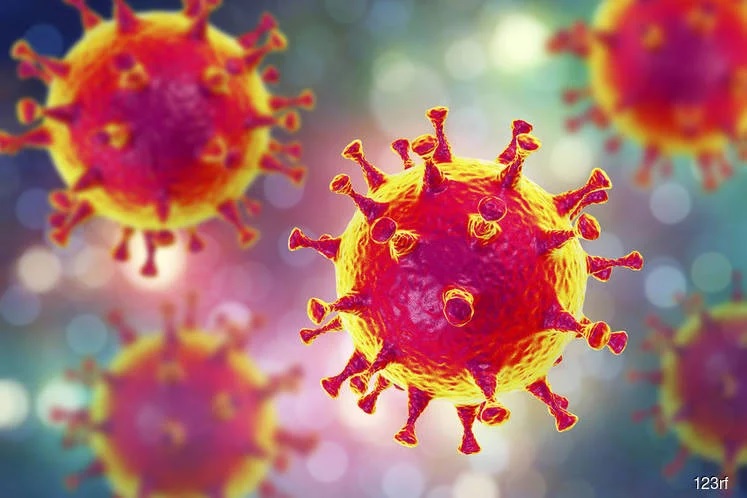New estimate puts coronavirus death rate at 1%

PETALING JAYA (Feb 11): A new report by researchers at the Imperial College London said the mortality rate from the coronavirus is an estimated 1%, Bloomberg reported yesterday.
The report attempts to account for mild cases as well as more severe ones at the centre of the outbreak in China.
According to Bloomberg, researchers have been trying to estimate how severe the virus is, and to calculate how fast it spreads as well as how many people get severe illnesses or die.
In China’s Hubei province, where the outbreak began, the fatality rate may be 18% for patients with severe symptoms, the researchers calculated.
“The impact of the unfolding epidemic may be comparable to the major influenza pandemics of the twentieth century,” Neil Ferguson, an infectious disease researcher at Imperial College London, said in a statement to Bloomberg.
The researchers said the 1% mortality rate was an estimate of what will happen once all cases are counted, and after previously undiagnosed ones drive the rate down.
Any estimates "should be viewed cautiously" given the numerous uncertainties involved, the researchers warned in in their report.
Mortality rates tend to shift in the middle of an outbreak as new and milder cases are found.
The UK researchers estimated that the typical time between onset of symptoms and death has been about 22 days, meaning that there may be a multiweek time lag between reporting of cases and when deaths from those cases become apparent.
Overall, the Imperial College London researchers estimated that 1.3% of Wuhan residents were infected with the virus as of Jan 31, but only 1 in 19 of them were being tested for the virus – suggesting that the actual number of cases could be far higher than the official numbers indicate.
Never miss out
Sign up to get breaking news, unique insights, event invites and more from EdgeProp.
Latest publications
Malaysia's Most
Loved Property App
The only property app you need. More than 200,000 sale/rent listings and daily property news.
